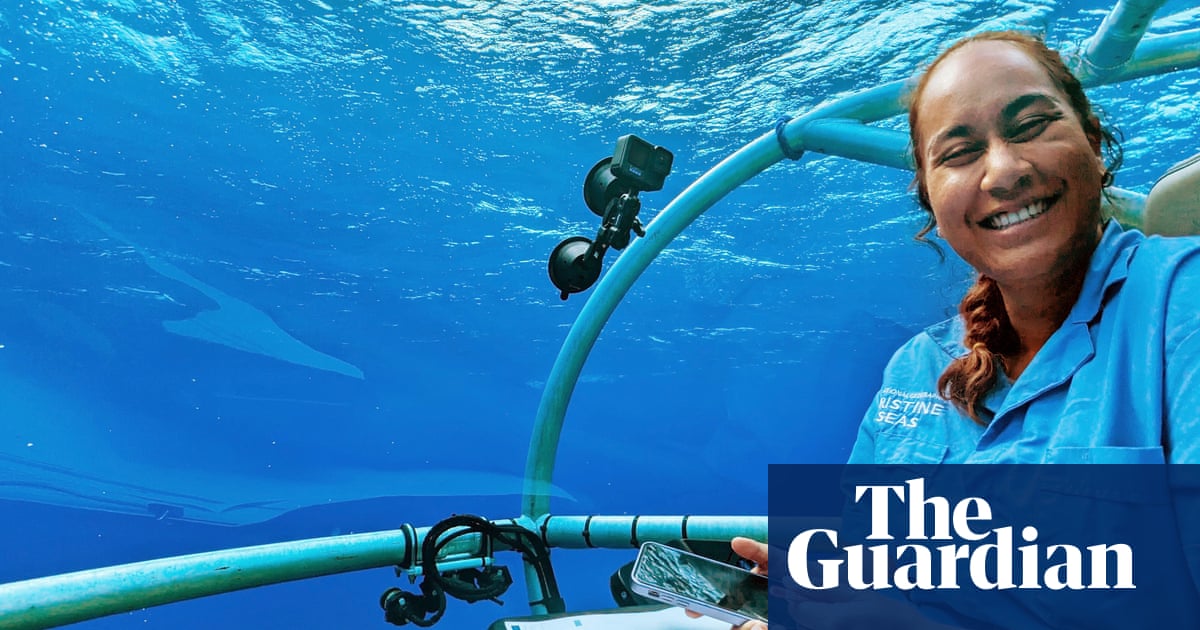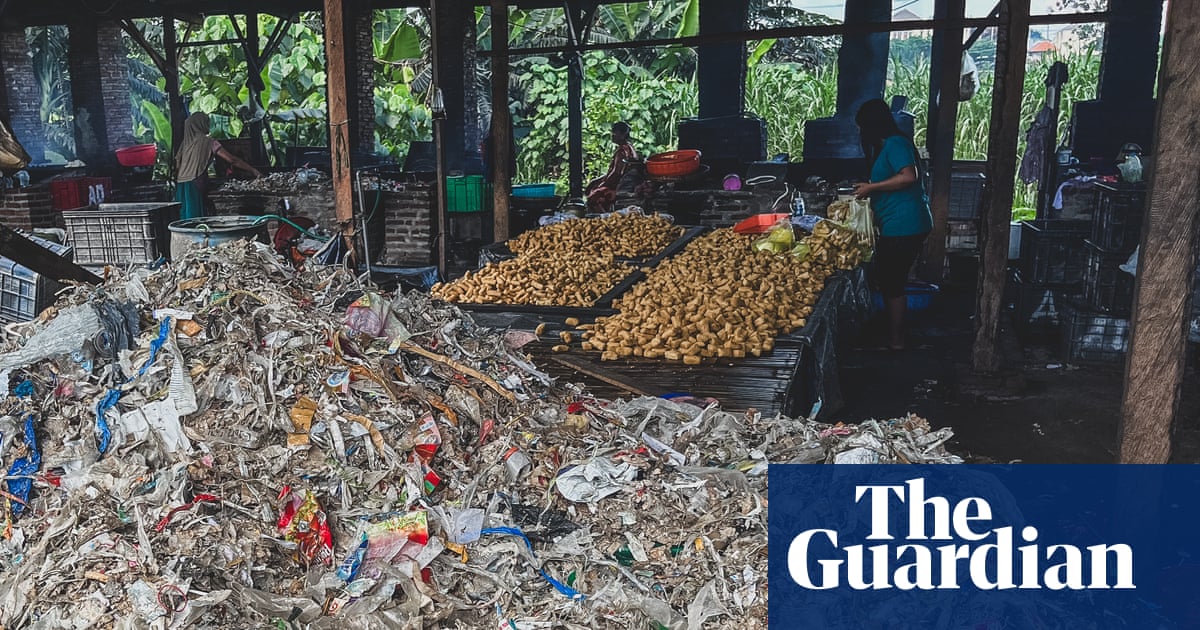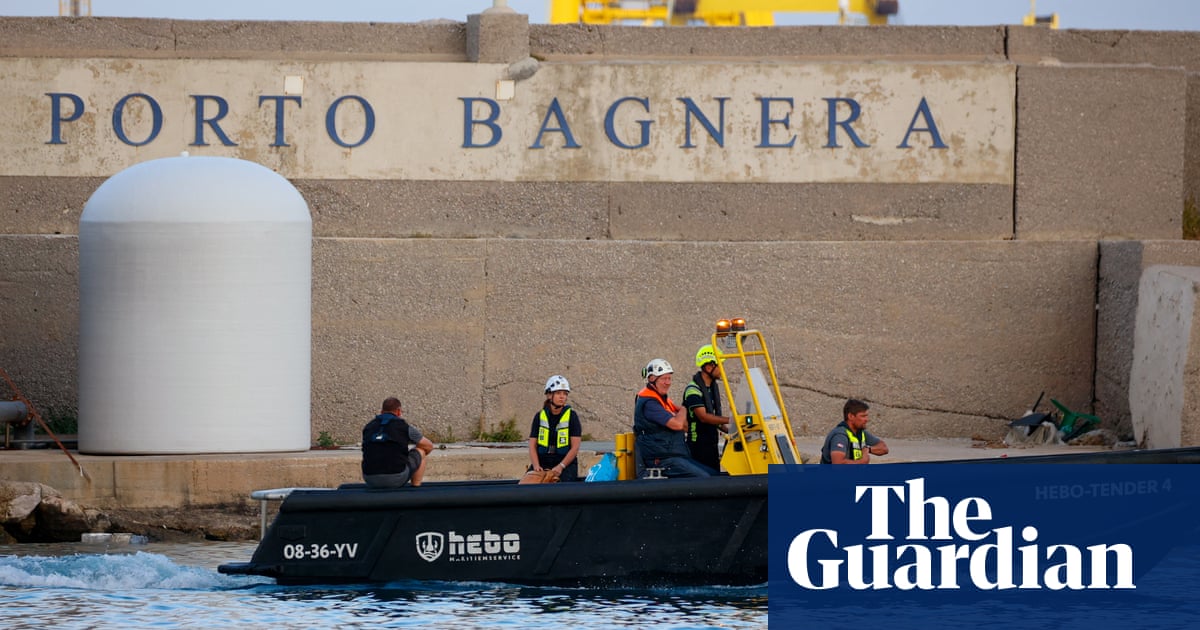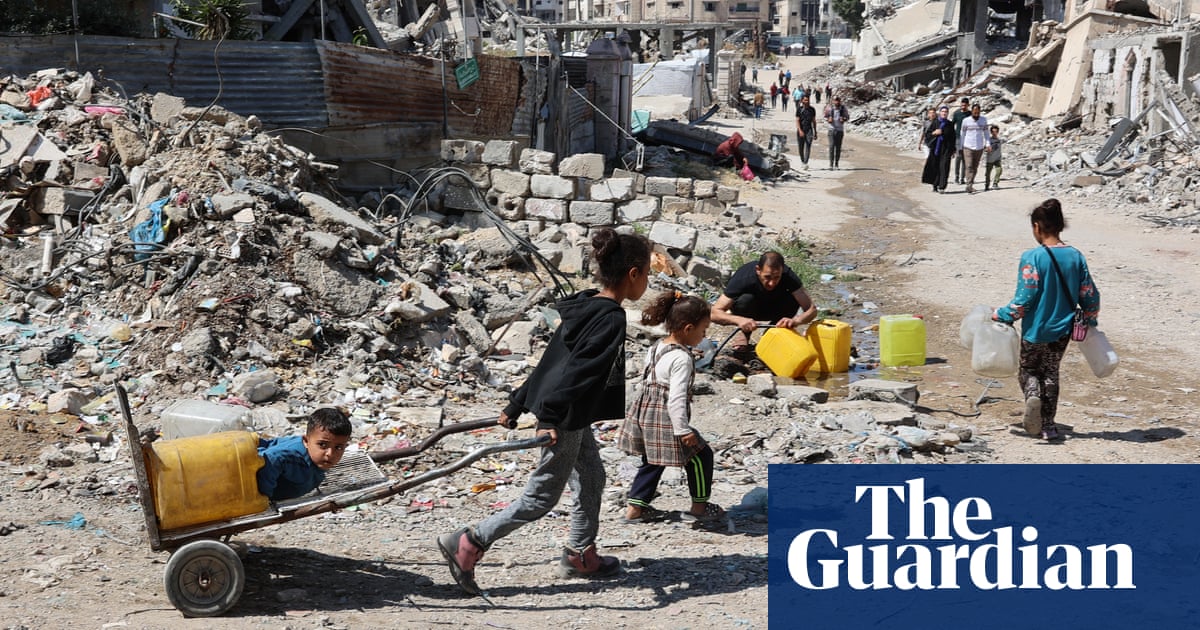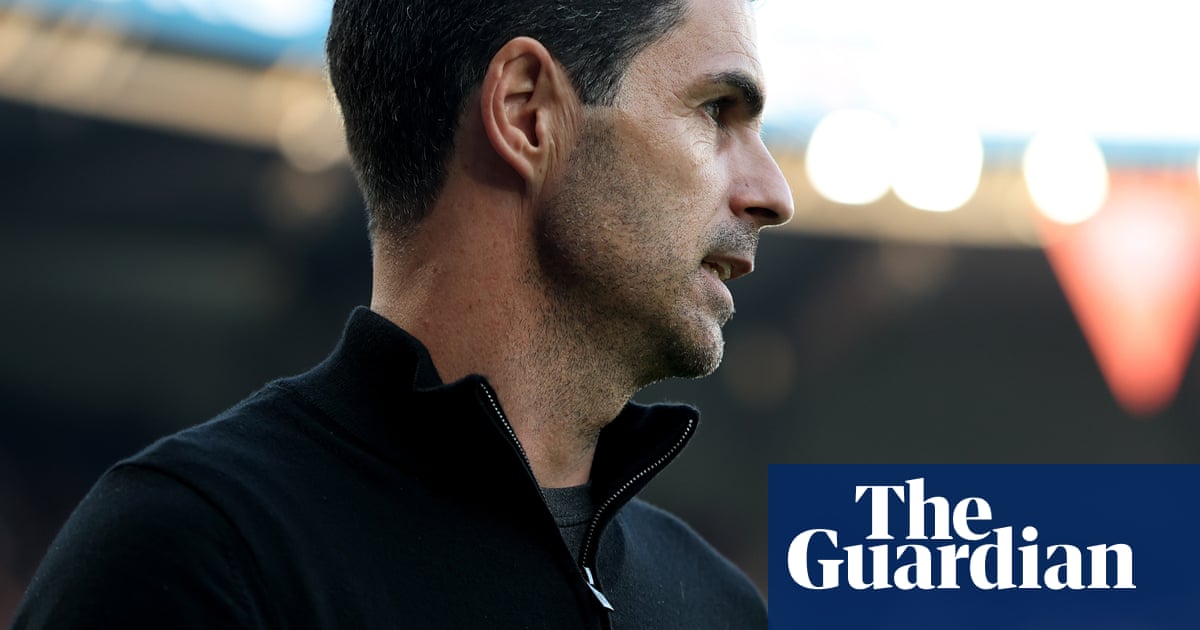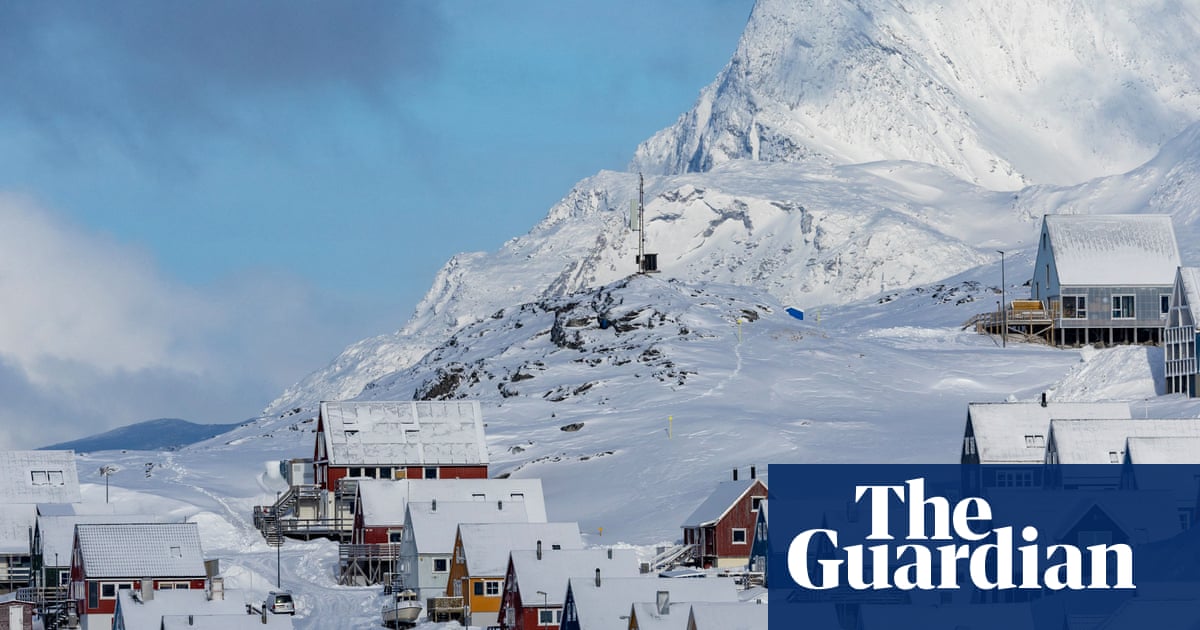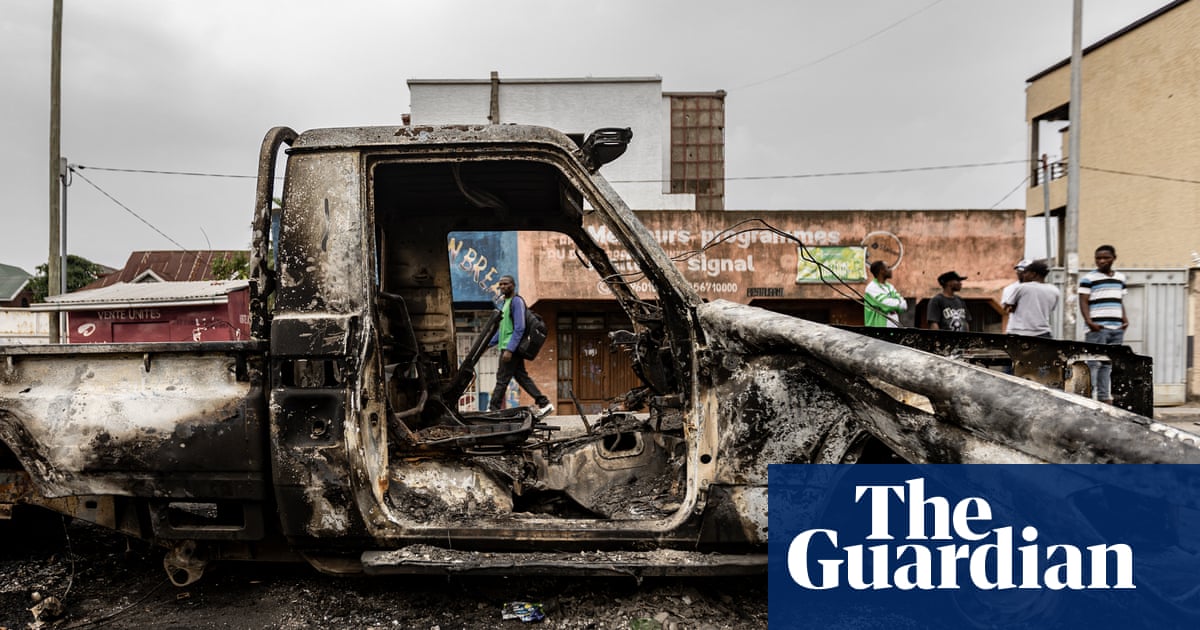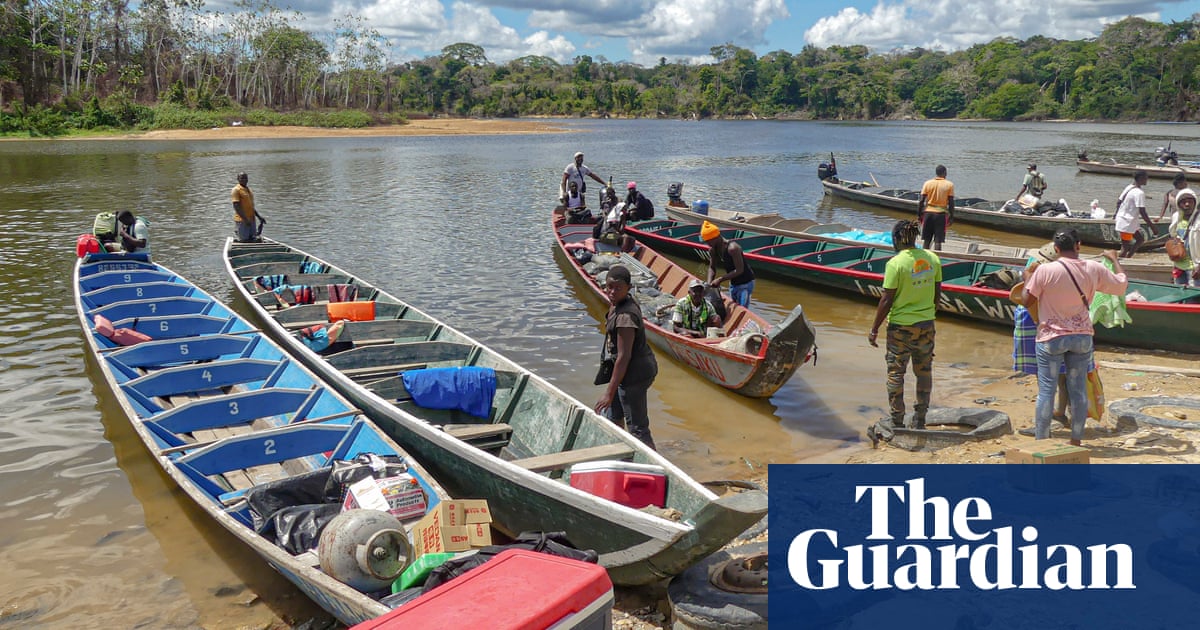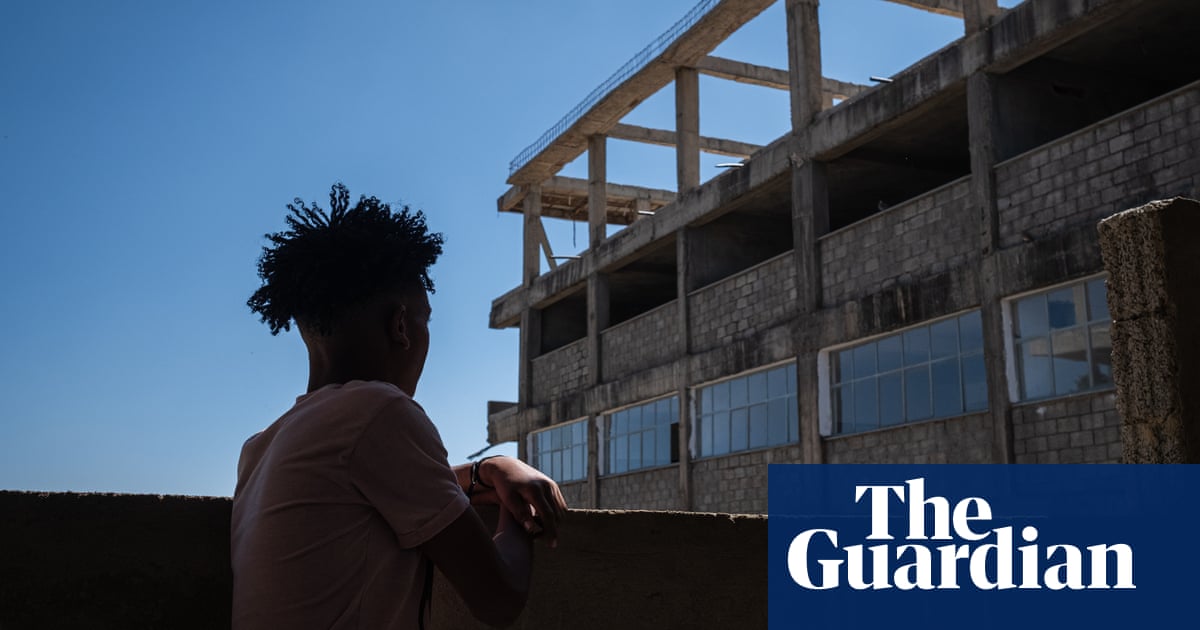A chilly breeze passes along the shore of Lake Contonga, 4,400 metres up in the Peruvian Andes. Julio Rimac Damian, from the nearby village of Challhuayaco, points to the mud under his feet. “All this used to be covered with water,” he says.
A canal running from the lake that is supposed to carry water to lowland villages has also run dry. Damian says the water began to disappear two years ago when a mining company started exploratory drilling in Peru’s highlands.
“This is a tragedy for us,” Damian says. “We depend on these waters.”

Behind Lake Contonga lies one of the biggest zinc mines in the world: Antamina. The open-pit mine, which also produces copper, silver, lead and molybdenum, is operated by a multinational corporation owned by the huge mining companies BHP Billiton, Glencore and Teck Resources as well as the Japanese conglomerate Mitsubishi. Glencore, a key shareholder based in Switzerland, plays a dominant role in global mineral markets, while BHP is the world’s biggest miner.
Antamina has been given the go-ahead by the Peruvian government to expand zinc extraction in the area, even though the Andean mountain ranges are classified as extremely vulnerable to the climate crisis by the Intergovernmental Panel on Climate Change (IPCC).
More than half of Peru’s glaciers have melted over the past 50 years due to global heating. Meltwater from the glaciers is the main water source for the people of the Andes, but is already in short supply.
Since 2014, Peru’s zinc production has increased and the value of exports has risen by nearly 60%, according to the ministry of energy and mines. The country has the world’s fourth-largest zinc reserves, traditionally exploited for the automotive and construction industries.

However, the new zinc boom is fuelled by the surge in demand for green energy technology. Zinc is used to produce batteries, solar panels and windmills as it protects them from corrosion. Demand for it has recently soared, especially in the wind energy sector.
According to the International Energy Agency, the green transition is driving “unprecedented growth” in the minerals market. Although zinc is not yet at the top of the market, it is expected to see one of the biggest rises among green minerals. In 2022, the market price of zinc hit historic highs – $4,500 a tonne (£3,650).
The World Bank considers zinc to be one of the most important minerals for climate action and predicts demand will increase by 200% by 2050.
Sabina Grund, at the International Zinc Association (IZA), says: “The future of the zinc industry in the green transition looks very bright. In Europe, we expect a significant increase in zinc demand.”
Peru is the world’s second-largest producer of unrefined zinc after China. In 2023, most of Peru’s zinc was exported to China, the US, South Korea and Spain.

In 2023, the Antamina mine, partly owned by Glencore, produced almost 36% of Peru’s zinc, according to Peruvian customs records. Much of Europe’s zinc is refined at three large smelters: the Glencore-owned Asturiana de Zinc smelter in northern Spain, Nyrstar in Belgium and the Swedish-owned Boliden Kokkola in Finland.
Peruvian zinc imported to Europe to produce low-carbon technology is mined in areas already vulnerable to the climate crisis. In October 2023, the Peruvian congress declared a state of emergency due to drought linked to the El Niño weather fluctuation. The situation was particularly bad in the Andes, where zinc mining is concentrated.
Studies show that mining can exacerbate the climate crisis in glacial areas, as dust pollution can accelerate the melting of glaciers by absorbing more heat. In Chile, mining-waste ponds and road construction have exacerbated the shrinking of glaciers.

The industry also uses large amounts of water and experts say mining poses the greatest risk in areas with the least water, including Peru.
“In the case of Antamina, the concession has been established in such a risk zone, as it is surrounded by key water reserves,” says Karem Luque, a Peruvian biologist specialising in human and environmental health.
“Water supplies are heavily affected already in the exploration stage. Drilling holes of 100-150 metres in the ground interrupts the natural courses of water that feed principal rivers.”
The zinc-mining industry could reduce its environmental impact by increasing recycling, say experts. Only 29% of the world’s zinc is recycled, due to inadequate recovery systems because of a lack of economic incentives.
Mining has caused other kinds of environmental damage and pollution elsewhere in Peru. “We are talking about chronic exposure of local people to different kinds of contaminants and toxic substances through air, soil and water,” Luque says.
Evidence of contamination can also be found at the Antamina zinc mine. Between 2008 and 2023, the company was sanctioned over 67 environmental incidents. These included exceeding permitted limits for pollution and failing to prevent leaks from wastewater ponds.

Antamina says the company has identified the problems to avoid further environmental impacts from the mine. “None of the water bodies in the San Marcos district will be affected,” the company’s representative says.
The Peruvian authorities have classified San Marcos as a high-risk area due to its high concentration of heavy metals. Even though it is the district surrounding Antamina, the source of the heavy metals is defined as “unknown”. In January 2024, a health and environmental emergency was declared across the region and several other districts.
Residents say that last year the health authorities measured concentrations of heavy metal in water sources near the mine. The results have not yet been published.
Arsenic is a highly toxic heavy metal released into the environment as a by-product of zinc extraction; exposure to high levels in water can cause cancer and other diseases.
Antamina has also been questioned by the Áncash regional health authorities about allegations made by the environmental organisation Natura and residents of Huarmey about the high levels of arsenic among people living in the port, where the company stores zinc before export. The company says the presence of heavy metals “is not related to their operative processes”.

The Guardian has seen the results of urine analyses of 100 residents living near the port carried out in 2023; only two of them were within permitted levels. Several samples taken from children had arsenic levels at 10 to 15 times above the permitted limits.
The exact sources of contamination are “not known”. In September 2024, the Áncash regional government put forward a plan to find the sources of high levels of heavy metals, especially arsenic.
Luque says transporting zinc to the port and storage facilities are probable sources of arsenic, as pollution builds up in the air and soil. Antamina’s representative says these results “alone are not sufficient to identify the nature of exposure or the source” of arsenic, adding that their copper and zinc concentrates arrive at Huarmey port “through a hermetic underground pipeline and its conditions are monitored in real time”.
Peru’s Environmental Assessment and Oversight Agency (OEFA) did not respond to requests for comment about how it monitors heavy metal levels in the Huarmey port area.

Last year, the EU’s corporate sustainability due diligence directive was adopted but the bloc has no binding mechanisms to hold companies accountable for the environmental impacts of zinc production.
Emily Iona Stewart, who heads EU relations over transition minerals at the environmental advocacy group Global Witness, says: “The current regulations are broad and only apply to the largest companies. They also do not pressure companies to make changes downstream in the production chain.”
Stewart says the directive needs significant advancements to genuinely improve transparency and environmental practices in supply chains. Currently, responsible zinc production falls under a voluntary scheme run by the London Metal Exchange (LME) and the Zinc Mark, issued by the IZA.
Being listed as an LME brand requires companies to follow a responsible sourcing policy, which includes implementing the OECD due diligence guidance.
Nicole Hanson, head of sustainability at the exchange, says: “The LME’s ultimate action … is to suspend or de-list the brand from our approved brands list.”
She adds: “We did have to take this action this year for many of our brands.”
The European smelters Asturiana de Zinc and Boliden Kokkola, which imported Peruvian zinc in 2023, belong to the LME brand list. The list only covers smelters and refiners of zinc metal; companies extracting zinc ore or manufacturing finished zinc products are not subject to similar control.
Nyrstar said it had “solid policies and due-diligence practices in place” as part of “actively pursuing” LME’s responsible sourcing practices and had been awarded the Zinc Mark for four of its six zinc smelters.
Mitsubishi said Antamina met international and local standards, “considers coexistence with the local environment and communities as one of its top management priorities” and addressed issues in a timely manner.

The Guardian asked nine key European green technology manufacturers about the origin of the zinc they use in production. Only three companies replied, but they refused to comment on the origin of their zinc.
In the Andean highlands, the morning sun is reflected in a green sign that stands out in the landscape. “Antamina mining area: no trespassing or animal grazing,” it reads. Julio Rimac Damian says he does not oppose mining but is disappointed by how the company treats local people and the environment.
“The company just says to us that the lake is drying because of climate change,” he says.
Elva Cotrina Espinoza, a smallholder from Challhuayaco, shares the same view. “It is becoming increasingly difficult to earn a living from agriculture. Fertiliser prices are sky-high and there is hardly enough water,” she says.
“We wish the company would at least give us some economic support. There is a desperate need for an irrigation canal, but the company never shows up here.”
In the department of Áncash, where the Antamina mine is located, the poverty rate reached 25% in 2023, a 16% rise on the year before, and nearly 68,000 people in the region live in extreme poverty. Many local residents are aware that Glencore made $4.3bn profit for its shareholders that year.
“The mining profit does not end up with the communities,” says Damian. “Instead, the company wants to take out the last drops of our water.”
-
This story was produced with assistance from Journalismfund Europe

 3 months ago
46
3 months ago
46



